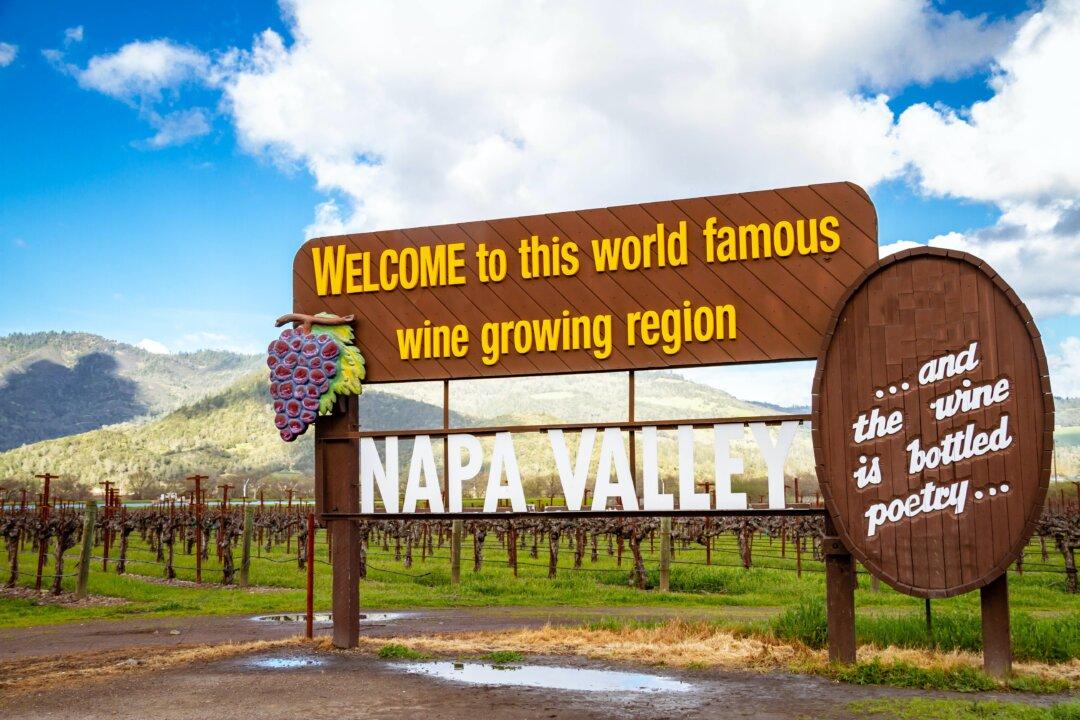As a winegrowing paradise, California has always been blessed with loads of sunlight and beneficent weather, allowing it to ripen wine grapes almost anywhere.
But in the early years, distinctiveness was nonexistent. In the era between the end of Prohibition (1933) and the end of World War II, pretty much every wine made here was generic and was relatively inexpensive.





